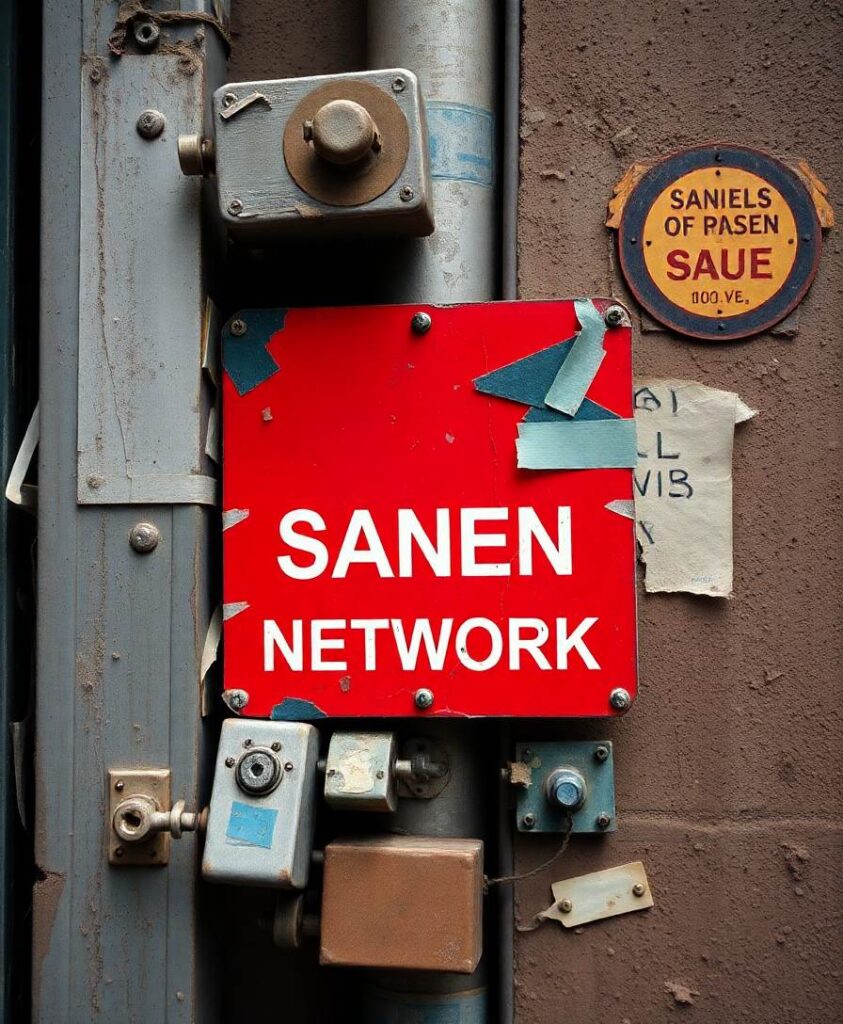The current semantic segmentation algorithms suffer from encoding feature distortion and small object feature loss. Context information exchange can effectively address the feature distortion problem, but it has the issue of fixed spatial range. Maintaining the input feature resolution can reduce the loss of small object information but would slow down the network’s operation speed. To tackle these problems, we propose a lightweight semantic segmentation network with configurable context and small object attention (CCSONet). CCSONet includes a long-short distance configurable context feature enhancement module (LSCFEM) and a small object attention decoding module (SOADM). The LSCFEM differs from the regular context exchange module by configuring long and short-range relevant features for the current feature, providing a broader and more flexible spatial range. The SOADM enhances the features of small objects by establishing correlations among objects of the same category, avoiding the introduction of redundancy issues caused by high-resolution features. On the Cityscapes and Camvid datasets, our network achieves the accuracy of 76.9 mIoU and 73.1 mIoU, respectively, while maintaining speeds of 87 FPS and 138 FPS. It outperforms other lightweight semantic segmentation algorithms in terms of accuracy.




